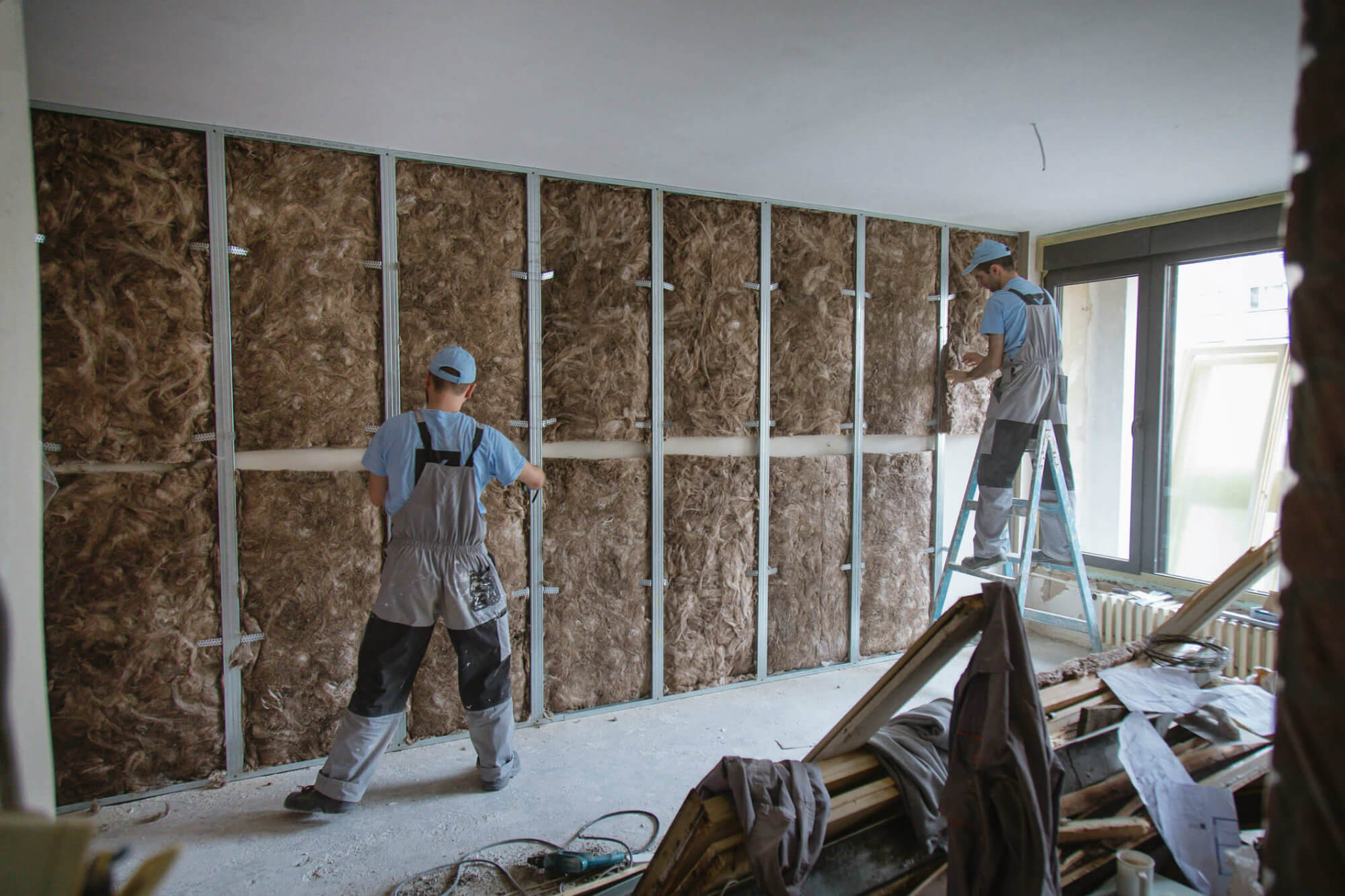Table of contents
Adding acoustic insulation at the time of your construction can be a good option if you wish to have moments of silence and tranquility. Ideal for those who live in commercial areas, or still have somewhat noisy neighbors, this measure can help ensure the much desired peace in your home.
For the architect Ciça Ferracciú, these can be divided into internal and external factors: "It is more common for external factors such as a street or noisy neighbors, but they can also be internal factors, such as a person who plays drums or another instrument and wishes to disturb theneighbors," he exemplifies.
Still according to the professional, acoustic insulation can be done at different levels, and in the case of a more complete insulation, it must be thought of from the moment the residence is planned and in all areas, thus all the materials and solutions: "From the floor to the plaster recess, all the elements are chosen and designed aiming at a more efficient acoustic insulation", she reveals.
Do not confuse sound insulation with sound treatment
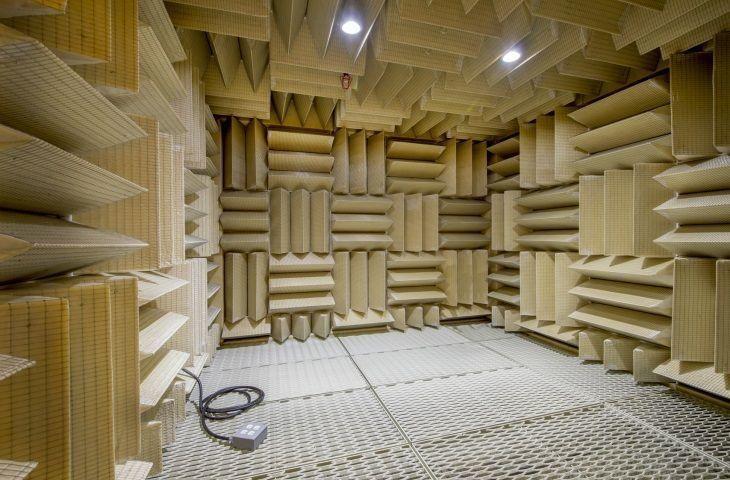
To better understand what acoustic insulation is, it is fundamental to differentiate it from sound treatment, another method of combating undesirable noises.architect.
In the case of an auditorium, the purpose is to treat the sound by reducing the reverberation level and increasing intelligibility. If the environment is a concert hall, for example, it is necessary to reduce the reflected sound energy, i.e., in this case, the sound wave that is not absorbedwill be reflected back into the environment," teaches the professional.
Materials used in sound insulation
There are some variant material options according to the need for insulation. These are divided into two categories: conventional and unconventional.
The conventional materials are those commonly used in civil construction, such as wood, cement block, glass, and ceramic blocks, while the non-conventional materials are innovative, with the sole function of acoustically insulating some environments. Check out some examples of this category:
Glass wool

Ciça explains that this material is also used as thermal insulation and is formed from silica and sodium. It insulates sound well due to its powerful absorption coefficient, thanks to the porosity of its material. Glass wool is sold in the form of a blanket.
Rock Wool

A material composed of basalt fibers and synthetic resin, it can be applied in linings and partitions, and is sold in the form of blankets or panels: "Another material with a double function, it is also used for thermal insulation", says Ciça.
Vermiticulite

A low intensity material, it is a mineral from the mica family, expanded up to twenty times its original size through high temperatures. It is used in thermal acoustic insulation in partitions, ceilings, slabs, and walls, and is sold in sheets and blocks.
Elastomeric Foam
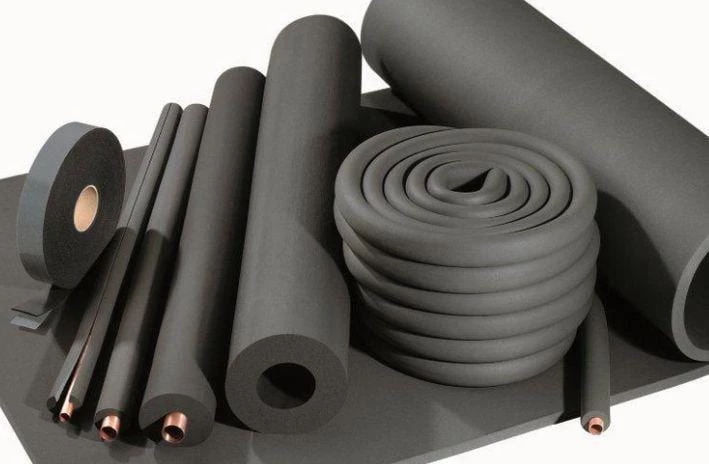
Foam derived from polyester polyurethane, it is widely used for acoustic insulation in environments such as offices, auditoriums, and sound rooms, and is found in the market in sheets of different thickness.
Coconut fiber
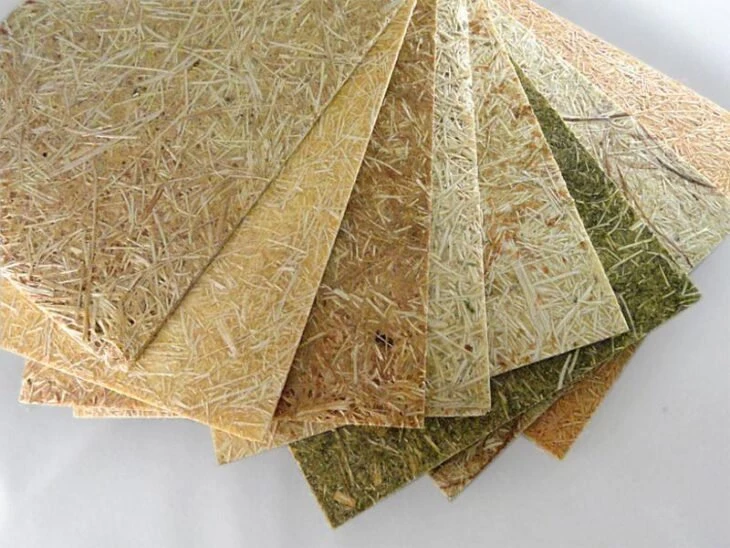
This material is mixed with cork agglomerate, being a good option in absorbing low frequency waves. It has the advantage of being a natural and renewable material, with sustainability.
How sound insulation is done
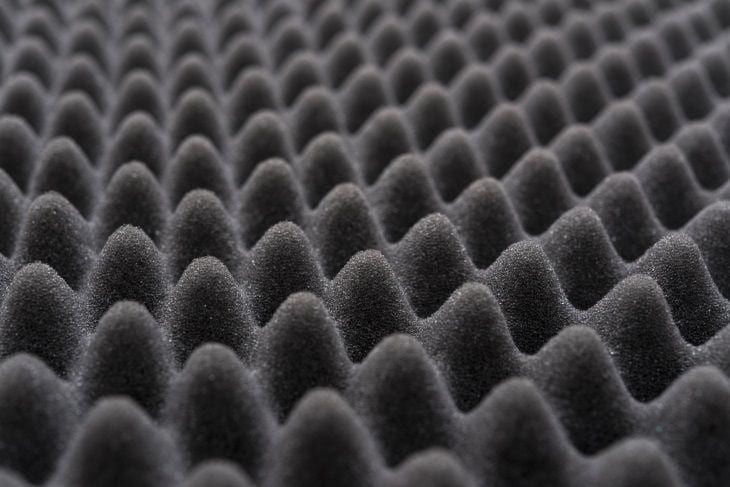
According to the architect, this method does not work as acoustic insulation: "They can act in the acoustic treatment of the environment, but even so, their use is not recommended", she warns.
"For wall and ceiling insulation, it is necessary to put a layer of the chosen material (glass wool or foam, for example), before closing the plaster or drywall," explains Ciça.
See_also: 24 decoration ideas with crates to make your home more charmingRemembering that in the case of doors and windows, these come ready to be installed, but the architect stresses the importance of doing the installation with the help of the supplier: "There is no point in having a poorly installed acoustic door, because it will not fulfill its function.
For the professional, the needs regarding insulation must be studied case by case, but in general, doors and windows are usually the most requested solutions for acoustic insulation.
See_also: 70 Modern and Creative Dinner Table Vase DesignsCiça teaches that acoustic windows are composed of double or triple panes of glass that isolate the sound, and there are different levels of acoustic windows, the one with the highest level of isolation being the one informally called "airport window".
In relation to the use of acoustic plaster, the architect highlights that in many cases the acoustic problem can be solved just by using a foam placed above the plaster enclosure. In others, such as restaurants, the ideal is to use their own solutions such as acoustic plaster.
"To choose the ideal lining, the ideal is to do a sound study, measuring the noise spectrum and observing its behavior in the frequency ranges", he advises.
Thinking about the possibility of using vinyl flooring to help insulation, the professional indicates its use, because this type of flooring is softer and dampens impact, generating less noise.resilient between the slab and the subfloor", he indicates.
Whether you opt for complete acoustic insulation, including walls, ceiling, and floor, or just use acoustic treatment on windows and doors, the important thing is to find tranquility and comfort in your home. Try to make it more and more like a peaceful nook.

